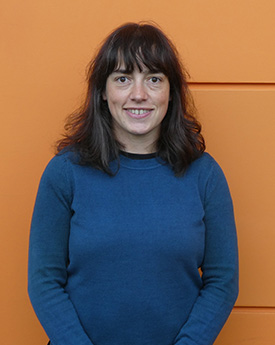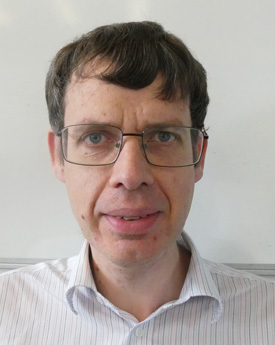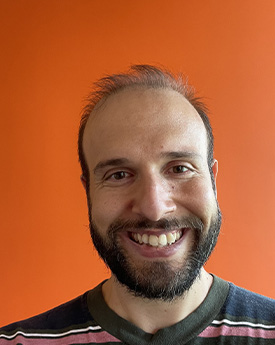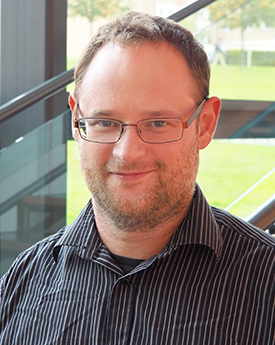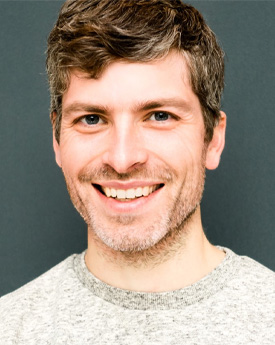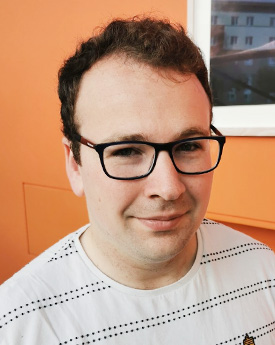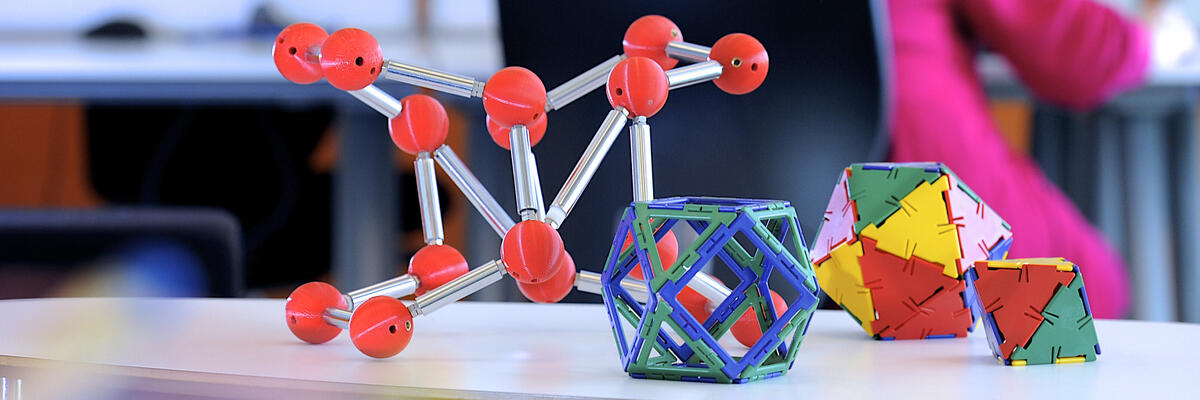
-
Group Members
Loading People
Projects
Matroid Theory and Combinatorial Rigidity
03/07/2023 → 25/08/2023
Research
Graph Rigidity and Applications
17/04/2023 → 21/04/2023
Research
LMS Research School on Rigidity, Flexibility and Applications
18/07/2022 → 22/07/2022
Research
29th British Combinatorial Conference - Invited Speakers
01/07/2022 → 31/07/2022
Research
29th British Combinatorial Conference - Support
01/07/2022 → 31/07/2022
Research
2British Combinatorial Conference - mini-symposia (BCC-MS)
01/07/2022 → 31/07/2022
Research
Positive Fuss-Catalan Combinatorics and Representation Theory
05/07/2021 → 29/08/2021
Research
Research in Pairs - Scheme 4 - Support of collaborative research with Professor Walter Whiteley at York University, Toronto
01/02/2021 → 31/05/2021
Research
The Alliance Hubert Curien Programme 2021: Noncummuatative Probabilty, Matrix Analysis and Quantum Groups (NP, MA & Q Groups)
01/01/2021 → 31/12/2022
Research
Permutation Patterns as Noncommutative Central Limits
01/10/2020 → 30/09/2022
Research
Mathematical Theory of Symbiosis
01/08/2020 → 31/07/2022
Research
Support of Collaborative Research with Prof E. Steingrimmson at Hrísey, Iceland
01/08/2020 → 31/07/2022
Research
Heilbronn fellowship
01/07/2020 → 31/08/2021
Research
Young Functional Analysts' Workshop (YFAW)
31/03/2020 → 14/08/2021
Research
Globally Rigid Linearly Constrained Frameworks
11/01/2020 → 10/04/2020
Research
Discrete structures: algebra, combinatorics and geometry
10/01/2020 → 09/02/2020
Research
IWOTA Lancaster 2020: International Workshop on Operator Theory and its Applications to be held at Lancaster from 17th to 21st August 2020 (Postponed until 16-20 August 2021)
01/09/2019 → 31/08/2020
Research
LIMITS: Limits of Structures in Algebra and Combinatorics
01/02/2019 → 31/01/2024
Research
Linearly constrained frameworks
01/11/2018 → 31/01/2019
Research
Infinite bond-node frameworks
03/07/2017 → 02/07/2019
Research
LMS Scheme 4 - 41434
01/09/2015 → 30/09/2015
Other
Comibinatorial Rigidity, Symmetric Geometric Constraint Systems and Applications
01/06/2015 → 31/08/2016
Research
EPSRC - Interpretation functors and infinite-dimensional representations of finite-dimensional algebras
09/09/2013 → 08/09/2016
Research
Crystal Frameworks, Operator Theory and Combinatorics
01/09/2012 → 31/08/2014
Research
Research Activity
Combinatorics is concerned with arrangements of discrete objects according to constraints and the study of discrete structures such as graphs. Large graphs underpin many aspects of data science and can be used to model networks.
Lancaster’s research interests in combinatorics are diverse and closely connected to each of the other pure mathematics research themes in the department.
Many problems in graph theory concern the relationship between a graph property and some parameter. There are two perspectives one might take: extremal graph theory asks which values of the parameter guarantee that the property holds (or does not hold), whereas probabilistic graph theory asks for which values of the parameter the property typically holds. The answers can be very different, but nevertheless there are connections between the two areas. Often a suitably modified random graph can be used to prove that graphs with certain properties exist, even when it is difficult to construct a specific example. Random graphs are also studied as models of networks that grow in an unpredictable way, and in recent years there has been particular interest in models that more closely resemble large real-world networks, such as preferential attachment and geometric random graphs.Additive combinatorics explores how to count arithmetic configurations within unstructured sets of integers - those sets for which we have only combinatorial information, such as their density. Techniques in this field have been developed to tease out the latent structure present in such sets, separating it from random 'noise'. Resolving these combinatorial problems can then feed back into more classical problems of number theory, such as detecting arithmetic structures in the primes.
Measurable combinatorics concerns extensions of combinatorial theorems in the context of Borel graphs with applications including classical geometrical questions. There is also interest in sparse and dense graph limits where, with a suitable metric imposed on the set of finite graphs, limits of convergent graph sequences are studied.
Matroids are a mathematical structure that extends the notion of linear independence of a set of vectors. They have numerous important applications, for example, in Operational Research and Combinatorial Optimisation. Our research in matroid theory concentrates on real world occurrences of the 2 fundamental motivating examples of matroids: row matroids of matrices and matroids defined on graphs.
Combinatorial aspects of geometric rigidity theory (and its applications in fields such as engineering and robotics) such as recursive constructions of classes of (coloured) sparse graphs. This topic underlies the flexibility and rigidity properties of geometric structures, such as finite and infinite bar-joint frameworks in finite dimensional spaces. Further geometric aspects of combinatorics such as polyhedral scene analysis, equidissection and triangulation problems, and the rich interactions between discrete geometry, combinatorics and symmetry.
Many aspects of mathematics share the same underlying classifications in terms of combinatorics such as Coxeter combinatorics and Fuss-Catalan combinatorics. These underlying combinatorial similarities often indicate deeper connections, e.g. the ubiquitous "finite type" classifications in terms of Dynkin diagrams. In representation theory of algebras, combinatorics is used extensively to get concrete understanding of abstract objects. For example, certain algebras can be associated to ribbon graphs, which in turn can be embedded in surfaces, and directed graphs may be used to encode the multiplication in noncommutative algebras.


